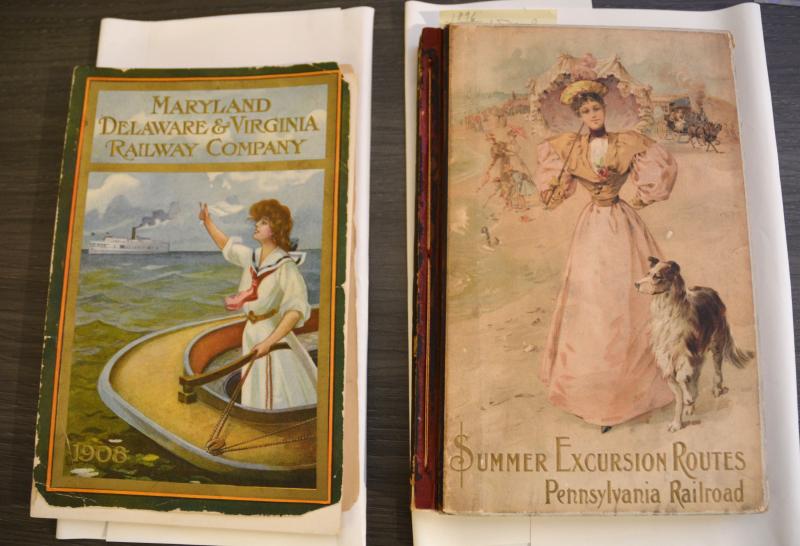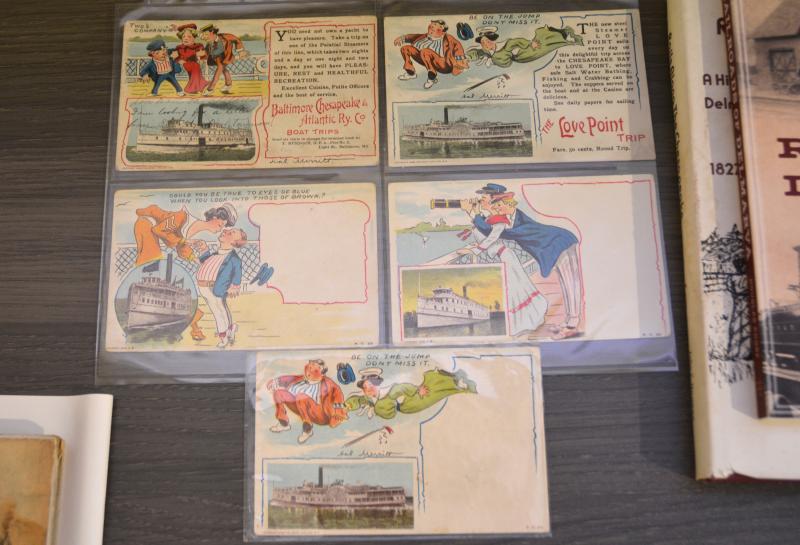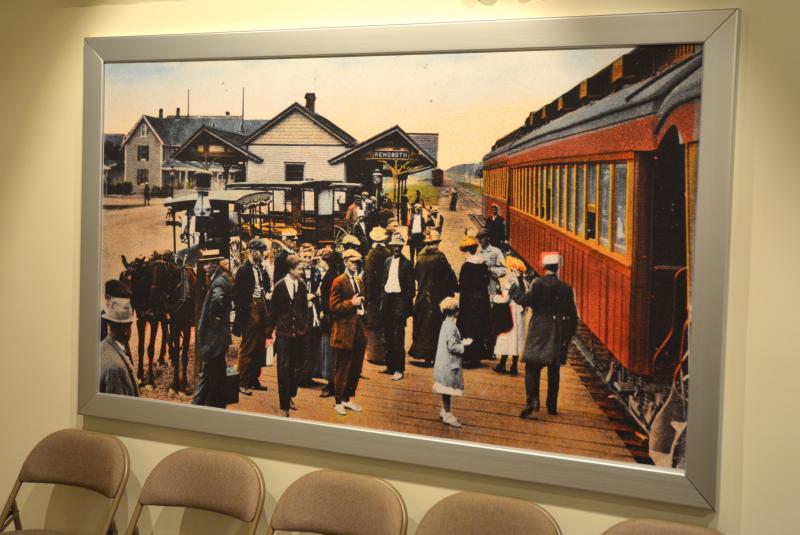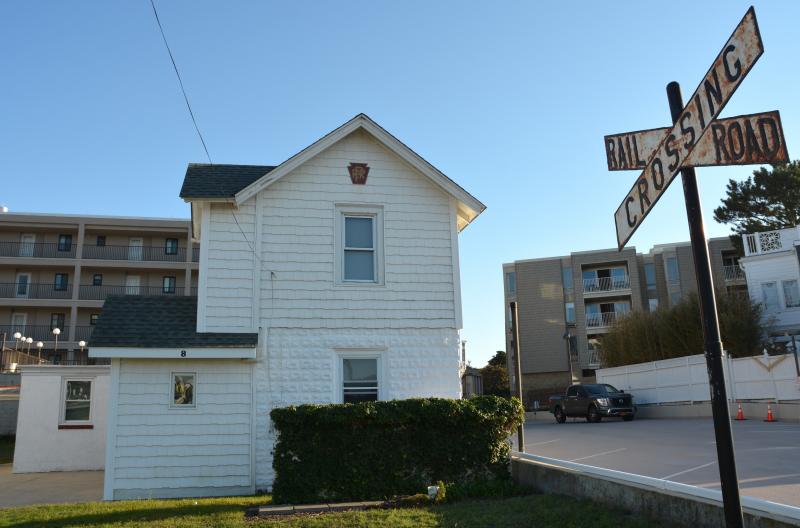Day trips to Rehoboth Beach haven’t always been easy
With a road and bridge system connecting a number of major cities just hours away, it’s hard now to remember that it hasn’t always been easy to get to Rehoboth Beach.
At one point, said Rehoboth Beach Museum volunteer David McDonald, visitors had to take a horse-drawn carriage, train, car, ferry or some combination of them all to visit the seaside resort.
McDonald recently hosted a two-part lecture called, “Ferries, Trains, and Automobiles: Getting to Rehoboth before the Bay Bridge.”
Rehoboth Beach’s history began with a religious camp meeting association for the Methodist church in 1873, led by the Rev. Robert W. Todd of St. Paul's M.E. Church in Wilmington. By 1878, there was a train line coming from Lewes to the association, said McDonald. However, prior to that, visitors would have to take a train to Harrington, then get on a train to Lewes and then make a six-mile trip to Rehoboth by horse-drawn carriage.
It’s likely Todd took that train from Wilmington down to Harrington and then to Lewes, said McDonald. The road from Lewes to Rehoboth was always described as long, slow, dusty and bumpy, he said.
Visitors from nearby cities started making their way to Rehoboth almost immediately, because there was already a ferry service from Baltimore to Maryland’s Eastern Shore. In the 1860s, there was a fleet of steamboats departing from Baltimore to points on the Eastern Shore – Cambridge, Claiborne, Salisbury – where passengers would then hop on trains.
At the time, trains were not comfortable, said McDonald. There was no air conditioning, and windows were closed to keep out the dirt, debris and smoke from the train, he said.
In the early 1890s, the Queen Anne’s Railroad began offering steamboat service from Baltimore to Queenstown, then a train to Lewes along what is now Routes 404 and 16, said McDonald.
There were daily trips offered that left Baltimore at 7 a.m., got passengers to Rehoboth Beach by lunch and offered a few hours of exploring before departing and getting back to Baltimore by 10 p.m.
There could be up to 1,000 passengers a day on these excursions, said McDonald.
In the early 1900s, there were two companies offering services that would allow passengers to find their way from the cities to Rehoboth Beach – the Maryland, Delaware & Virginia Railway Company and the Baltimore, Chesapeake and Atlantic Railway Company.
The trains were burning coal, so passengers would get dirty during the ride to the beach, which is why the services had nicknames, said McDonald. The Maryland, Delaware & Virginia line was called Many Dirty Visits, while the Baltimore, Chesapeake and Atlantic line was called Black Cinders and Ashes, he said.
The arrival of the noon train was a big deal, because it would bring visitors, the day’s shipment of goods, and things like the newspapers from the cities, said McDonald. The freight made the money for the trains, while the passenger service was just a good side business, he said.
In the late 1910s and early 1920s, ferries from Baltimore and Annapolis began offering services for vehicles, said McDonald. There was a 90-minute trip on a ferry that took 42 vehicles and 1,000 passengers in 1919, he said.
Ferry services ran right through to the early 1950s, when the first span of the Chesapeake Bay Bridge opened.
The original roads used by vehicles were not in good condition. In good weather, they were bumpy and dusty, said McDonald. In bad, he said, they were muddy and full of ruts.
Beginning Monday, Oct. 31, the museum switches to its winter hours, which are 9 a.m. to 3 p.m., Friday; and 9 a.m. to 1 p.m., Saturday and Sunday.
For more information on the Rehoboth Beach Museum, 511 Rehoboth Ave., go to rehobothbeachmuseum.org, email info@rehobothbeachmuseum.org or call 302-227-7310.
Chris Flood has been working for the Cape Gazette since early 2014. He currently covers Rehoboth Beach and Henlopen Acres, but has also covered Dewey Beach and the state government. He covers environmental stories, business stories and random stories on subjects he finds interesting, and he also writes a column called Choppin’ Wood that runs every other week. He’s a graduate of the University of Maine and the Landing School of Boat Building & Design.



























































